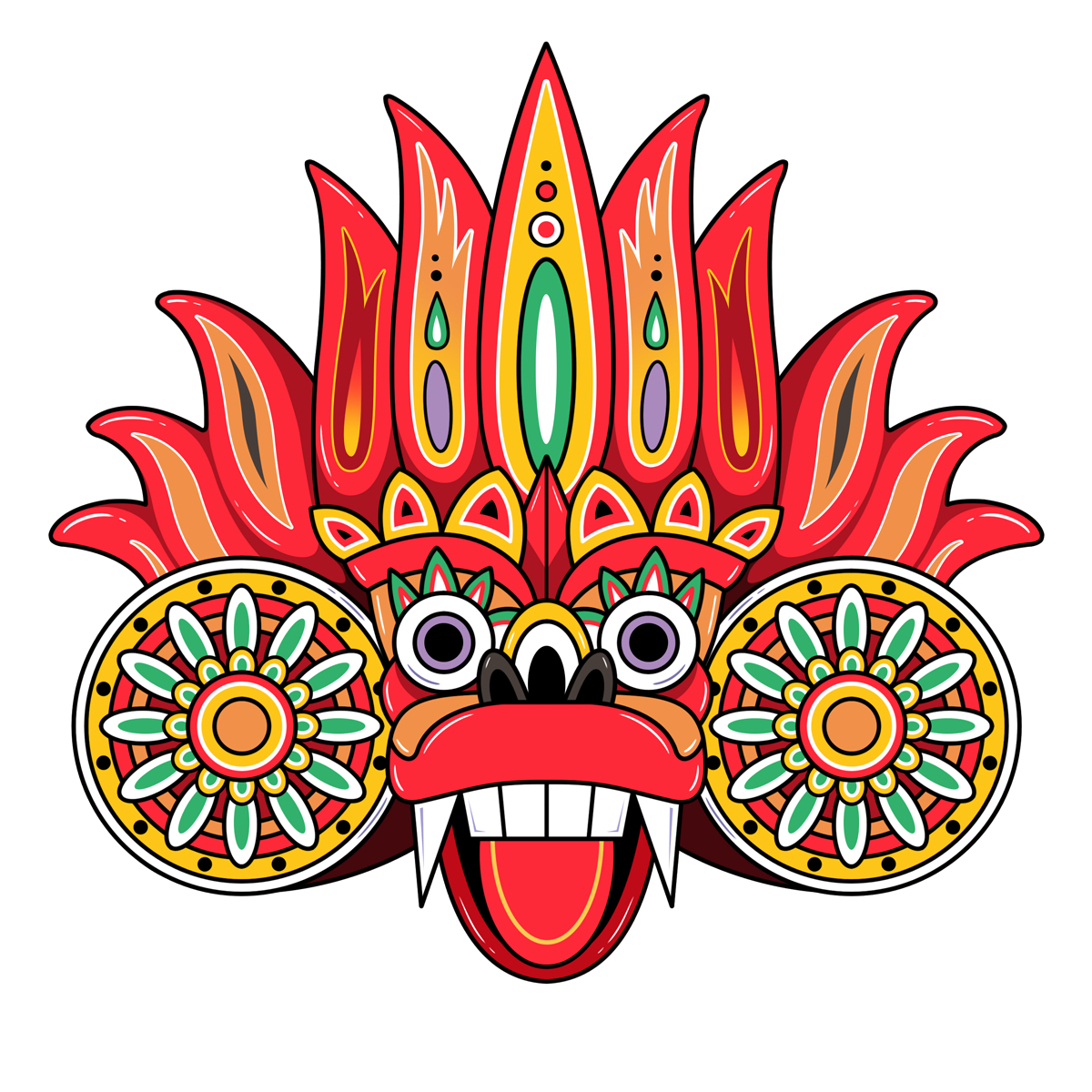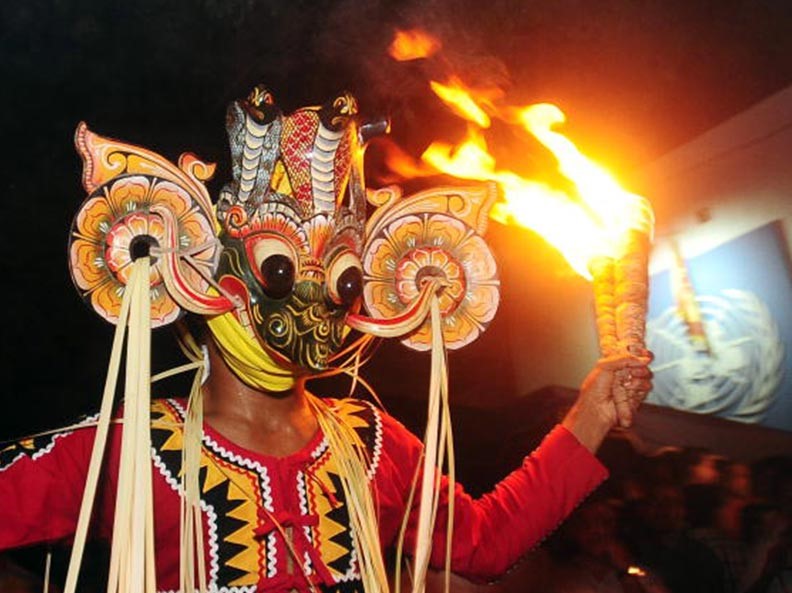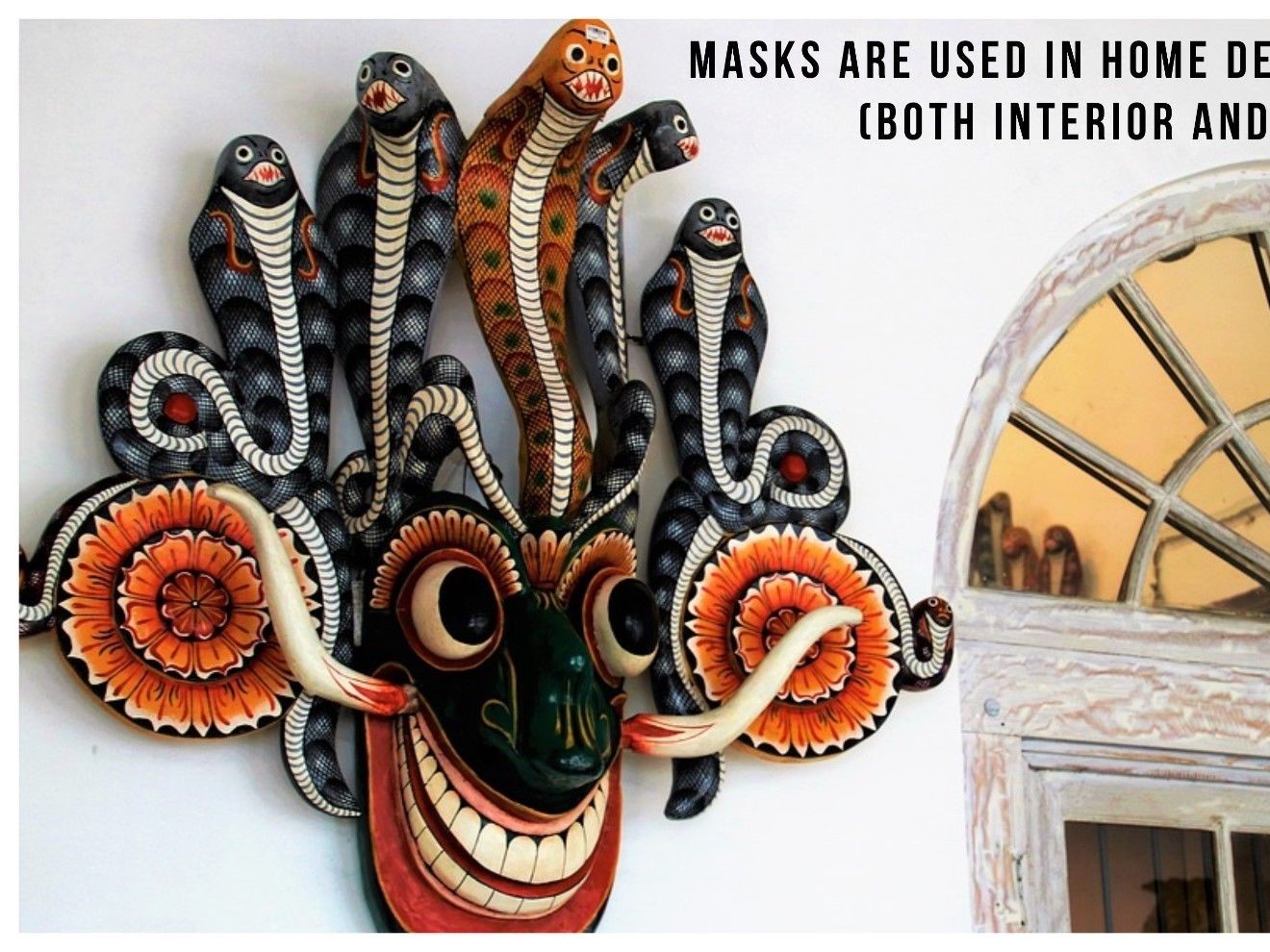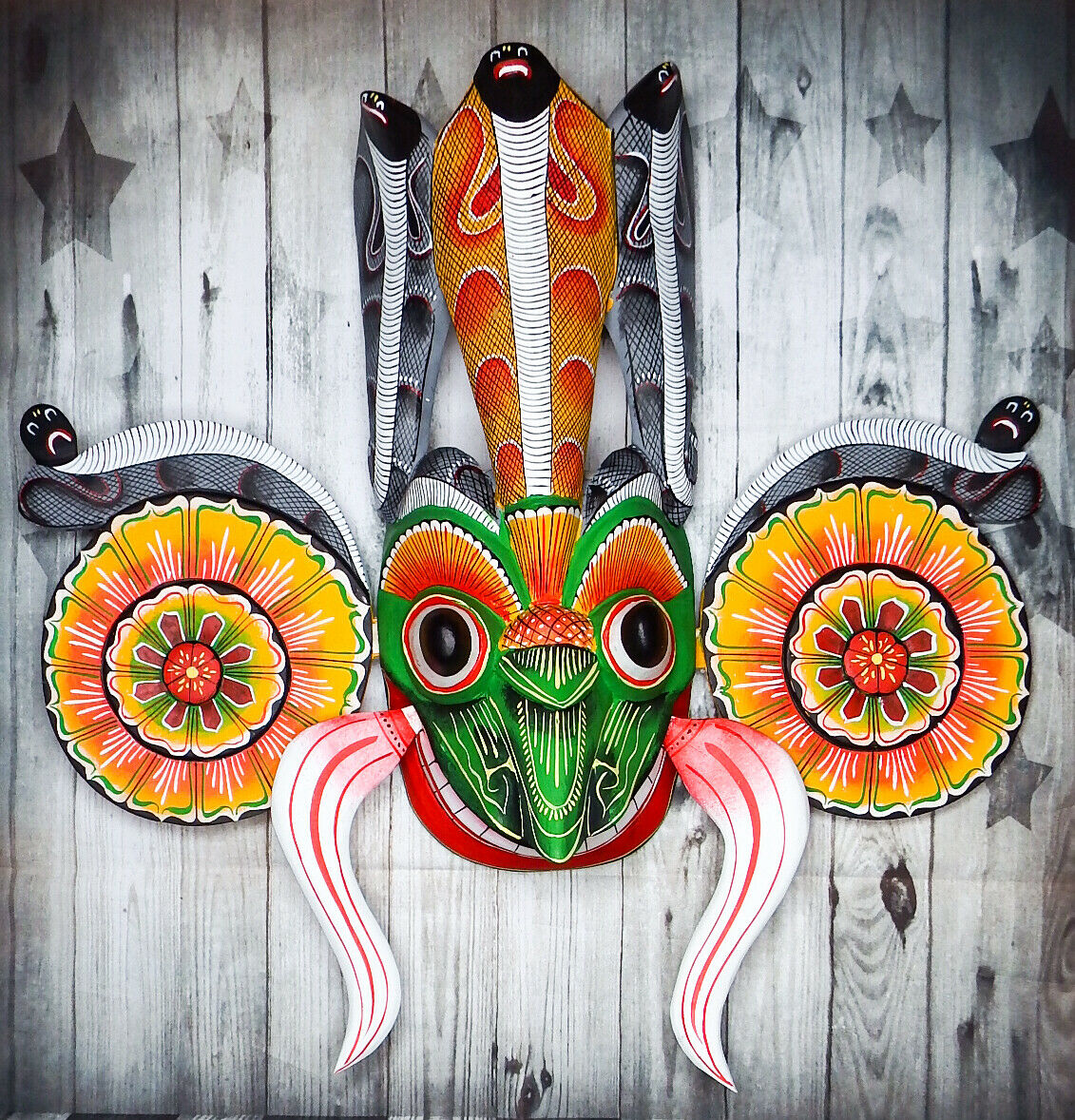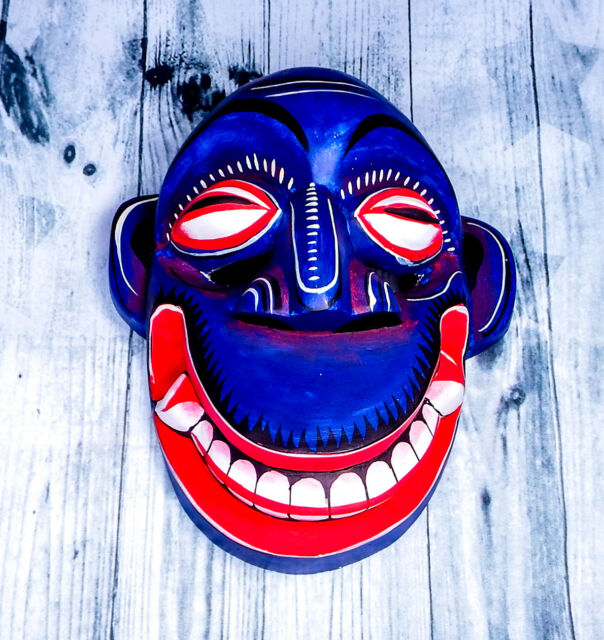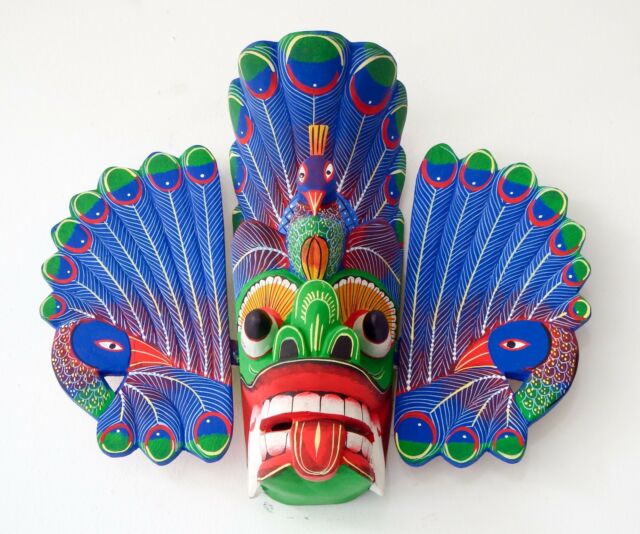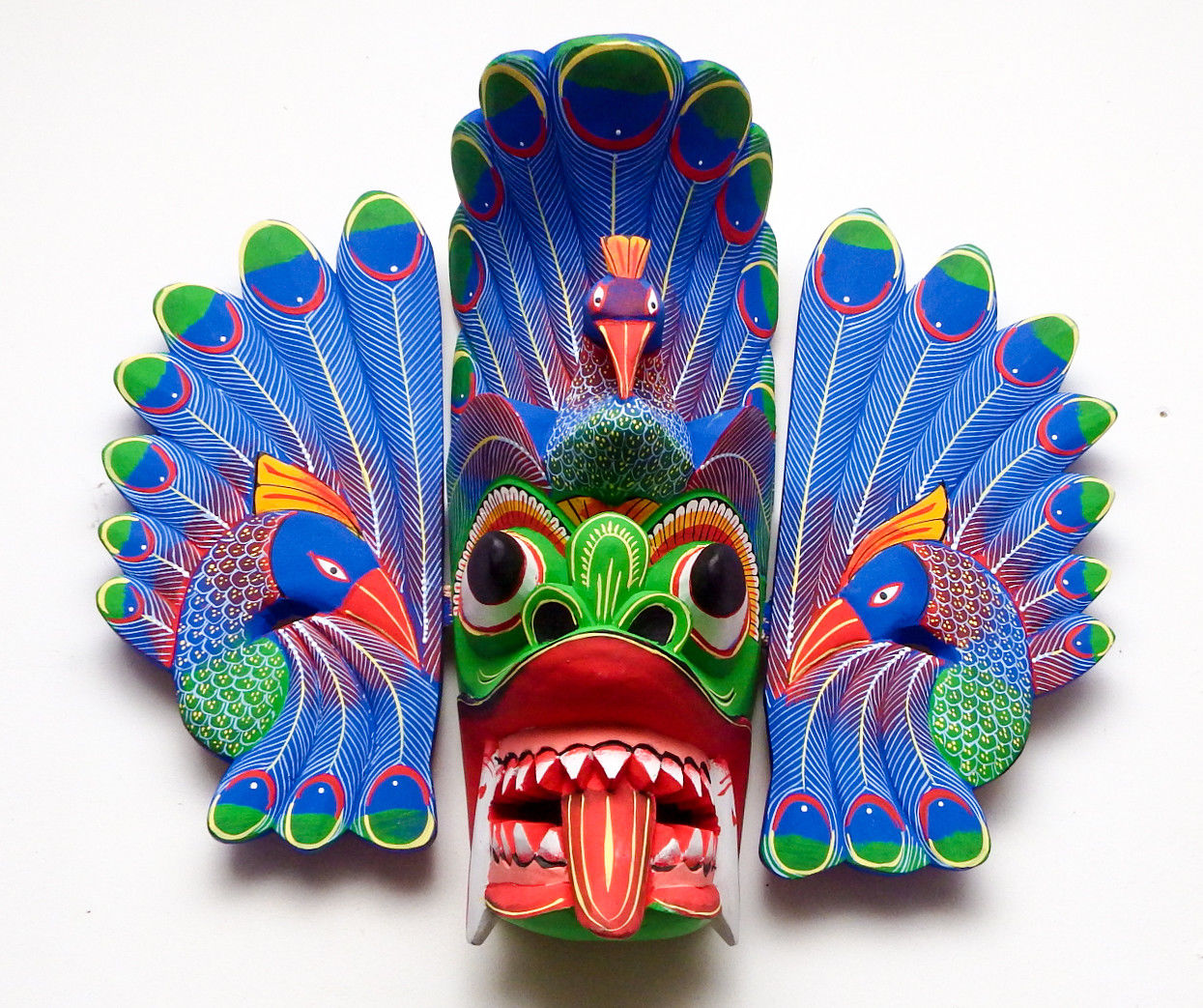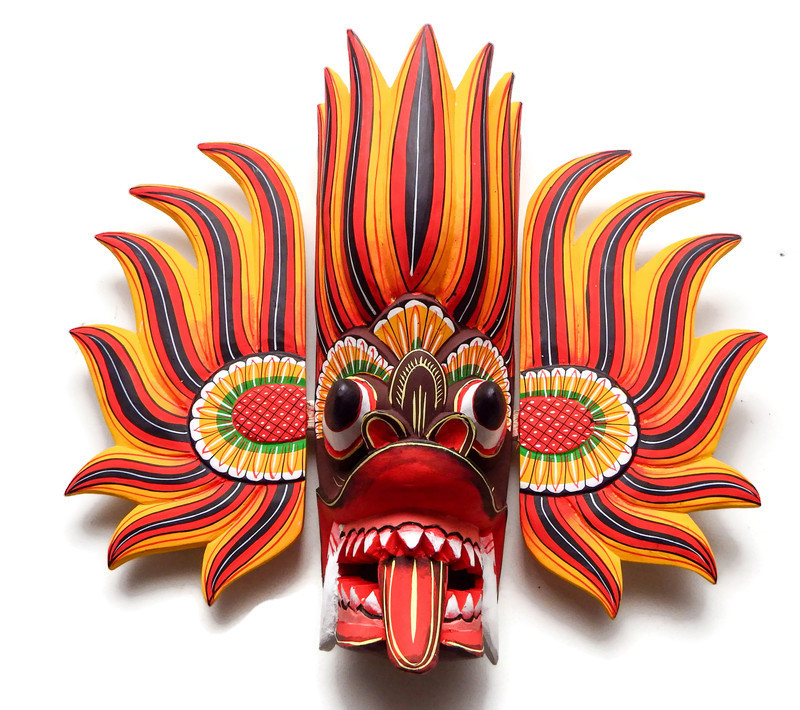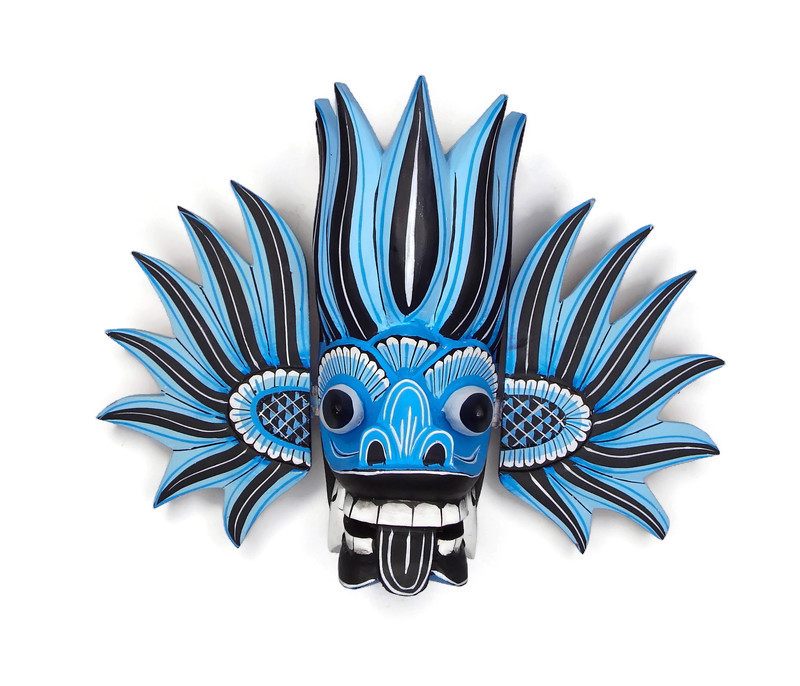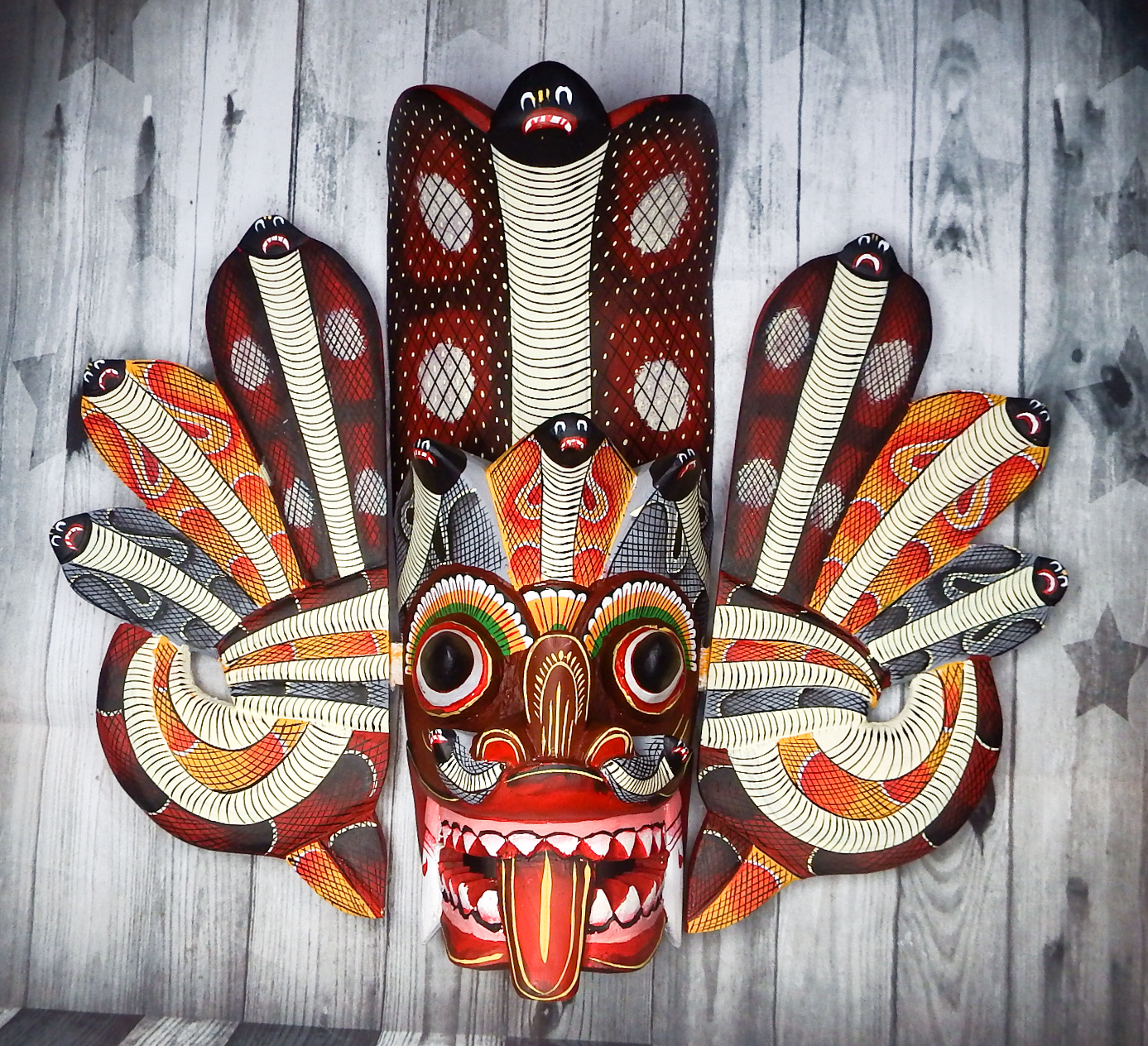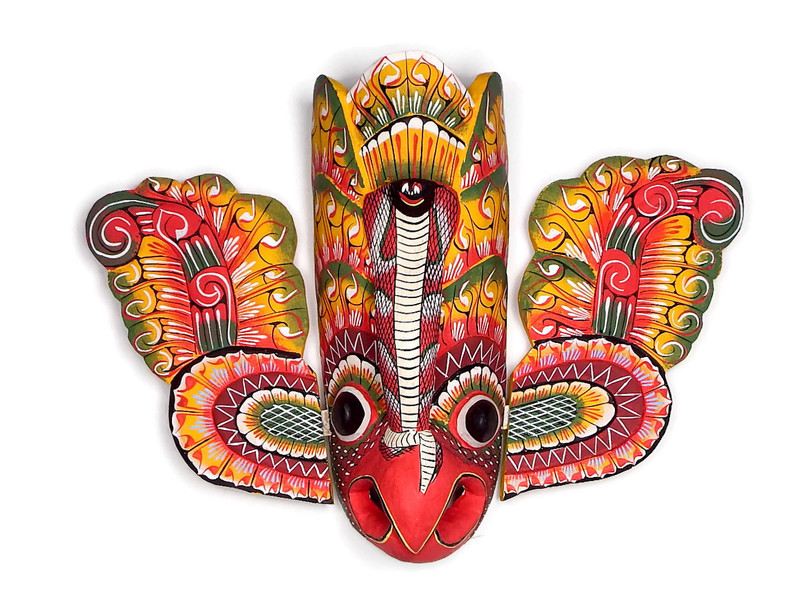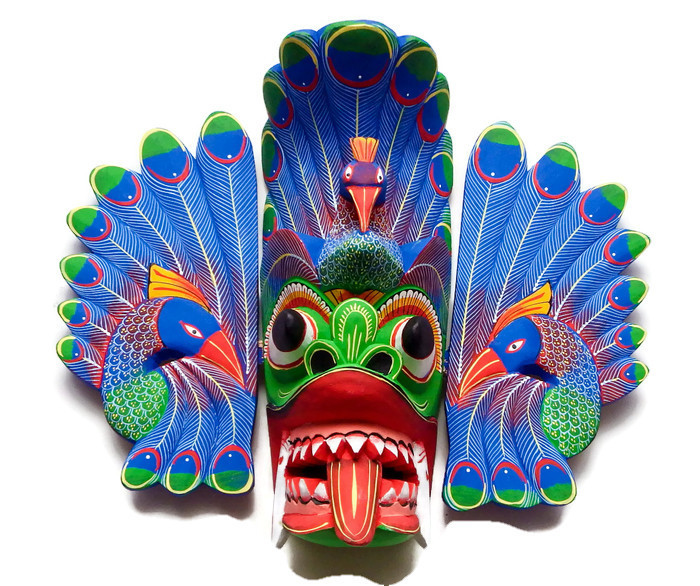Strengths
Inherited craftsmanship
Availability of variety of raw materials
Availability of talented designers.
Availability of Creative and innovative skills
Ability to produce unique , customized products
Traditional crafts villages
Potential to create more employment opportunities especially in the rural areas.
Govt. Support agencies like Export Development Board, National Design Center, National Craft Council, Laksala.
Ready access to technical assistance and business development services.
Weaknesses
Smallness of the enterprises
Lack of proper technology
Low productivity
Disorganized Raw material supply
Competition from too many similar enterprises producing similar products.
High cost in obtaining quality certifications
Lack of strategic focus for the sector
Limited access to credit.
Low participation of younger generation.
Opportunities
Traditional and modern skilled and trained handicraftsmen in all over the island.
Global and local market available for quality and handmade crafts
Government policy intervention for upgrading handicraft products in Sri Lanka and the high commitment of the Ministry and other Allied Institutes like National Design Center, Sri Lanka Handicrafts Board, Industrial Development Board.
Prevailing trend for locally made and Eco-friendly products.
Possibility of creating a network with other related institutions like IDB, SME Bank, EDB etc. • Availability of donor funds for the development of Handicrafts.
Threats
Free import of handicraft products from SAARC countries.
Lake of awareness of National Crafts Council‘s role and achievements among government and stakeholders.
Rapid change of technologies.
Free import of substitute products in the local market.
Soaring cost of raw material and scarcity









